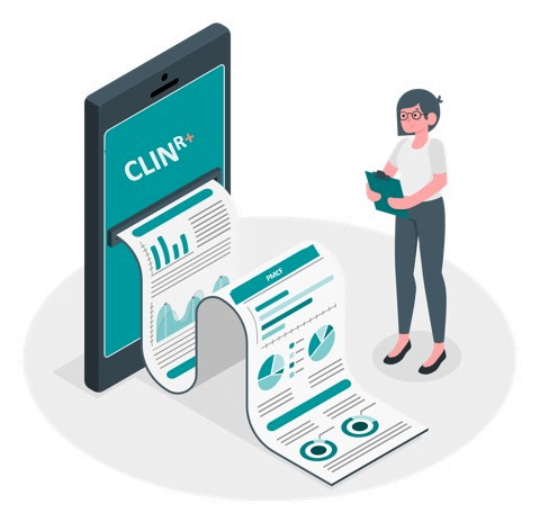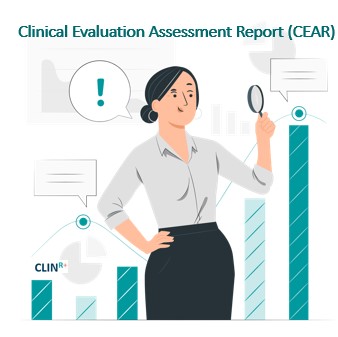Clinical Investigation FAQs

Q: What are clinical investigations according to the EU MDR?
A: Clinical investigations are systematic investigations involving human subjects to assess the safety or performance of a medical device.
Q: Why is clinical data required for CE marking and marketing of medical devices in the EU?
A: Clinical data is required to demonstrate the safety and performance of medical devices. It provides evidence that the device is effective and meets the regulatory requirements for market approval.
Q: What is a Clinical Development Plan (CDP)?
A: A Clinical Development Plan (CDP) is a strategic plan developed by manufacturers to outline pre-clinical and post-market activities aimed at obtaining clinical data for their medical devices. It helps manufacturers align their clinical investigations with international standards and regulatory requirements.
Q: What are the regulatory pathways for clinical investigations under the EU MDR?
A: The EU MDR provides three regulatory pathways for clinical investigations:
- Article 62: For devices requiring CE marking, clinical investigations are conducted to confirm compliance and obtain the CE mark.
- Article 74(1): CE-marked devices may undergo clinical investigations as part of their Post-Market Clinical Follow-Up (PMCF) activities.
- Article 82: Clinical investigations that are not performed for conformity demonstration purposes.
Q: What types of clinical investigations can be conducted for medical devices?
A: Clinical investigations can occur during both the pre-market and post-market phases of a medical device’s lifecycle. These investigations can include pilot studies, pivotal studies, and post-market surveillance studies. The type of study depends on the device and the regulatory pathway being followed.
Q: How much clinical data is enough for medical devices?
A: The EU MDR emphasizes the quantity and quality of clinical evidence. The amount of clinical data required depends on various factors, including the device’s intended purpose, indications, claims, and the state of the art. Manufacturers must compare the collected data to ensure they have sufficient evidence to support the device’s safety and performance claims
Q: What are the benefits and claims associated with medical devices?
A: The performance of a medical device refers to its ability to achieve its intended purpose. Clinical benefits are the positive impact a device has on the health of an individual, expressed through measurable clinical outcomes. Claims can be both clinical and technical, but they must be supported by clinical evidence and be meaningful and measurable.
Q: How can manufacturers ensure well-researched clinical investigations and a return on investment?
A: Manufacturers should carefully plan their Clinical Development Plan (CDP) and consider international standards like ISO 14155 and regulatory guidelines such as MEDDEV 2.7/4. They should also align their clinical investigations with the regulatory requirements of the target markets and consider the long-term need for clinical data throughout the device’s lifecycle. Proper planning and utilizing existing data sources can help avoid unnecessary expenses and ensure a successful return on investment.
Q: Are randomized control trials (RCTs) necessary for all medical devices?
A: No, randomized control trials are not a pre-requisite for all medical devices, especially for lower-risk devices. The appropriate study design depends on the device’s classification, intended purpose, and the regulatory requirements. Manufacturers should assess their clinical data needs based on the device’s risk classification and consider alternative study designs and post-market clinical follow-up studies to fulfil the EU MDR requirements.
Q: What resources can manufacturers consult for guidance on clinical investigations under the EU MDR?
A: Manufacturers can refer to the EU MDR itself, including Annex IX, as it outlines the requirements for clinical investigations. Other valuable resources include international standards like ISO 14155, guidance documents such as MDCG guidelines, and expert medical writers who can assist in developing and executing clinical investigations in compliance with regulatory requirements.






